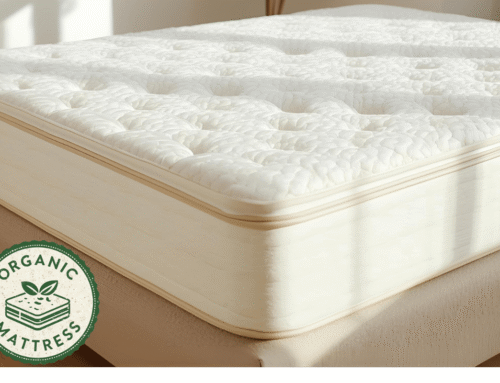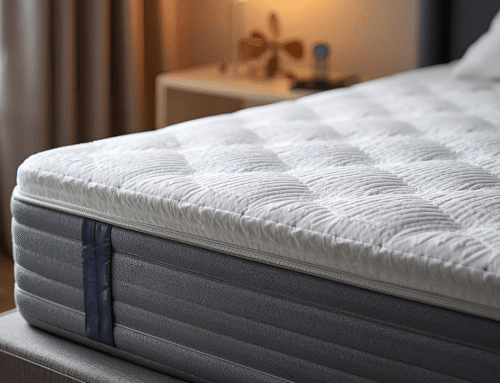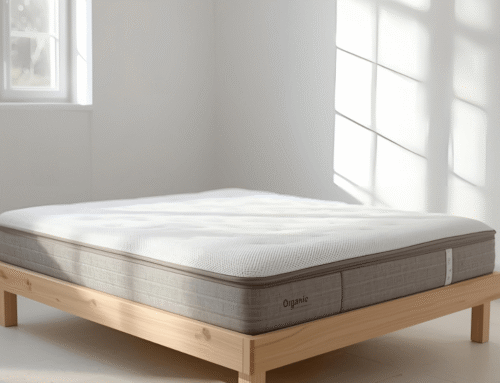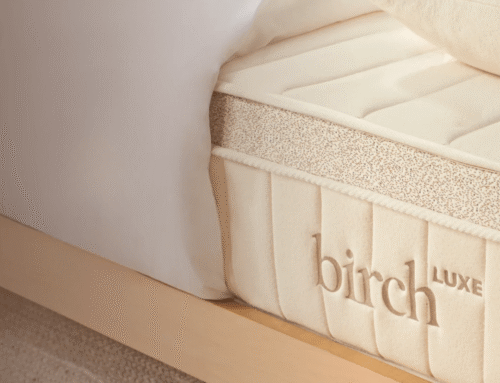Have you ever wondered how heavy a queen mattress really is? Understanding the size of a queen mattress and its dimensions is more important than you might think, whether you’re planning a move or considering a new purchase. Its weight depends on factors like materials, design, and construction methods, all of which influence its portability and durability. Picture something as substantial as a queen mattress—choosing the right one requires careful consideration.
By understanding these key aspects, you’ll be well-prepared to make an informed decision and handle your mattress with ease. Whether it’s foam, hybrid, or another type, knowing the specifics will help you balance comfort, practicality, and convenience when managing your queen mattress.

When it comes to mattresses, weight is more than just a number—it affects both convenience and functionality. Knowing how big a queen size mattress is helps put its weight into perspective. Heavier mattresses often provide more durability and sturdiness, which is great for long-term use, but they can be a challenge to move or adjust.
On the other hand, lightweight mattresses are easier to handle, though they might not last as long. It’s also worth considering how deep and how thick your mattress is, as these factors can contribute to its overall weight and comfort.
Whether you’re selecting a bed frame or planning a move, understanding these details helps you make a smarter choice. By keeping these aspects in mind, you can find a mattress that balances practicality with lasting comfort.
The weight of a queen mattress can vary widely, typically falling between 50 and 150 pounds. This range depends largely on the type of mattress. Memory foam options, for example, tend to weigh more than traditional innerspring models due to their denser construction.
Hybrid mattresses, which combine foam and innerspring components, can be even heavier because of their layered design. If you’re exploring options, you might wonder how much is a queen size mattress? The price often correlates with weight and quality, as heavier mattresses generally use more materials.
Additionally, there are variations like the Olympic Queen mattress, which offers extra width but may weigh more, or a Short Queen mattress, designed for tighter spaces, or a Split Queen Mattress, made of two separate pieces for easier transport and versatility. Understanding these distinctions can help you choose a mattress that meets your needs in terms of both weight and functionality.
- Memory foam: Dense and heavier.
- Innerspring: Lighter due to the coil structure.
- Latex: Durable and heavier than foam.
Beyond materials and size, factors like mattress density, layer composition, and even additional features (e.g., pillow tops or cooling technology) also contribute to the weight. If you’re debating mattress sizes, you might ask, how much bigger is a queen mattress than a king? While a king mattress is wider, a queen offers ample space for most needs and is generally easier to move. Understanding these nuances ensures a smarter choice tailored to your lifestyle.
- Memory Foam: 60–120 pounds.
- Innerspring: 50–100 pounds.
- Hybrid: 80–150 pounds.
- Latex: 90–140 pounds.
Moving a queen mattress can be challenging, mainly because of its size and weight. To make the process smoother, there are a few key tips to keep in mind. First, consider the logistics—know how long and how wide it is so you can plan for tight doorways or narrow staircases.
Having this information helps you avoid frustrating surprises on moving day. Next, enlist help. Whether it’s a friend or professional movers, having an extra set of hands makes the process much easier. Using moving straps can also help, as they distribute the weight and reduce strain while lifting.
Finally, protect your mattress by covering it with a mattress bag or blanket to prevent tears, dirt, or other damage. With a little preparation and the right tools, you can move your queen mattress safely and efficiently to its new home.

Choosing the right frame for your queen mattress is essential for ensuring comfort, durability, and proper support. A good frame not only keeps your mattress in place but also enhances its lifespan. When shopping for a frame, look for sturdy options with center support, as these provide the necessary stability to prevent sagging, especially for heavier mattresses like hybrids or memory foam.
Frames come in various materials—wood offers a classic look and durability, while metal frames are lighter and easier to move. Consider your room’s dimensions to ensure the frame fits well and complements your decor.
Additionally, take note of height preferences; platform frames sit lower, while traditional frames with a box spring add elevation. By choosing a frame tailored to your mattress type and personal needs, you’ll create a comfortable and long-lasting sleep setup that’s perfect for your space.
You might not think mattress weight affects comfort, but it can play a significant role in your overall sleep quality. Heavier mattresses, such as those made from dense memory foam or latex, often offer superior support, which is particularly beneficial for heavier individuals or couples. This extra weight usually comes from higher-quality materials and additional layers, which help distribute body weight more evenly, reducing pressure points. A mattress that provides adequate support can also improve spinal alignment and prevent aches and pains.
On the other hand, lighter mattresses, while easier to move, may lack the durability and support needed for long-term use. It’s important to consider your personal needs, body type, and sleep habits when selecting a mattress.
By understanding how weight contributes to comfort and functionality, you can make a choice that ensures restful, uninterrupted sleep for years to come.
Light Mattresses
- Easier to handle and move.
- Typically less durable.
Heavy Mattresses
- Sturdier and longer-lasting.
- Harder to move and set up.
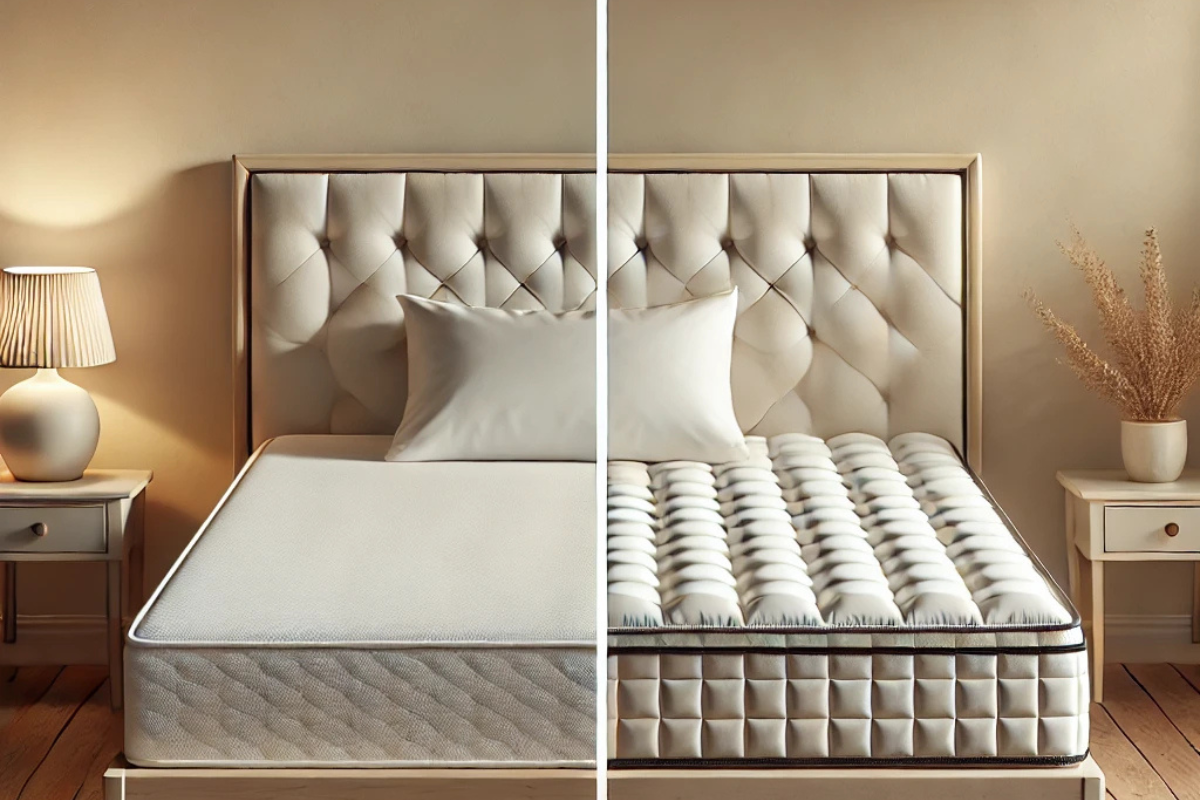
When choosing a queen mattress, its weight is an important factor to consider, as it directly affects usability and practicality. Heavier mattresses, like those made of latex or hybrid materials, often provide superior durability and support. Their dense construction makes them a long-lasting option, perfect for individuals seeking a mattress that can withstand years of use.
On the other hand, lighter mattresses, such as thinner foam or innerspring models, are easier to move and set up. These are especially convenient for people who frequently relocate or prefer a more straightforward setup process.
By understanding how mattress weight impacts factors like durability and ease of handling, you can strike the right balance for your needs. Whether you prioritize long-term performance or convenience, knowing the trade-offs will help you make a confident and informed decision that suits your lifestyle.
When choosing the right queen mattress, understanding its weight is a key part of the decision-making process. Knowing how heavy a queen mattress is can help you plan for transportation, setup, and even selecting the proper frame. A heavier mattress might require additional support from your bed frame, while a lighter one might be easier to move but may not offer the same durability or comfort.
Weight also plays a role in practical considerations like navigating staircases, fitting through doorways, or enlisting help during a move. Beyond logistics, understanding the weight gives you insight into the quality and materials used, which directly affects your sleep experience.
Whether you’re focused on comfort, portability, or longevity, taking weight into account ensures a smoother process and a mattress that suits your needs perfectly.

